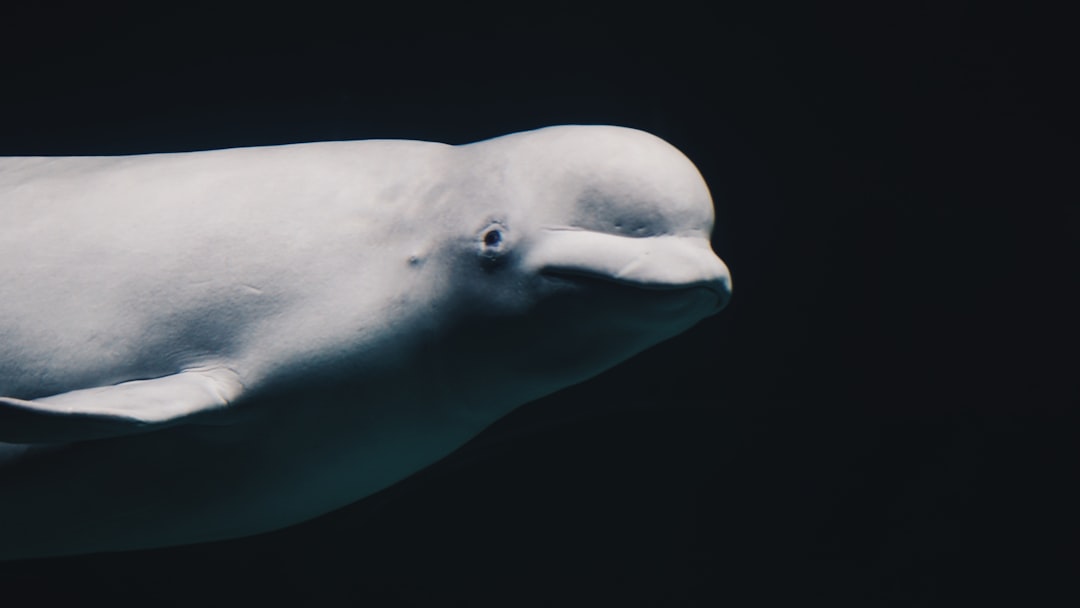What is it about?
The larvae of most marine fishes spend days to weeks in the pelagic environment, where they must find food and avoid predators in order to survive. Some fish spend only part of their life history in the pelagic environment before returning to their adult habitat, for example, a coral reef. The sensory systems of larval fish develop rapidly during the first few days of their lives, and we concentrate on the sensory cues the fish have available to them for survival in the pelagic environment. We focus on the larvae of reef fishes because most is known about them. We also review the major threats caused by human activities that have been identified to have worldwide impact and evaluate how these threats may impact larval-fish survival and orientation abilities. Many human activities negatively affect larval-fish sensory systems or the cues the fish need to detect. Ultimately, this may lead to decreased numbers of larvae surviving to settlement, and, therefore, to decreased abundance of adult fishes. Although we focus on species wherein the larvae and adults occupy different habitats (pelagic and demersal, respectively), the potential anthropogenic effects we identify may also apply to larvae of species like tuna and herring, where both larvae and adults are pelagic.
Featured Image
Read the Original
This page is a summary of: Do human activities influence survival and orientation abilities of larval fishes in the ocean?, Integrative Zoology, January 2015, Wiley,
DOI: 10.1111/1749-4877.12096.
You can read the full text:
Contributors
The following have contributed to this page










